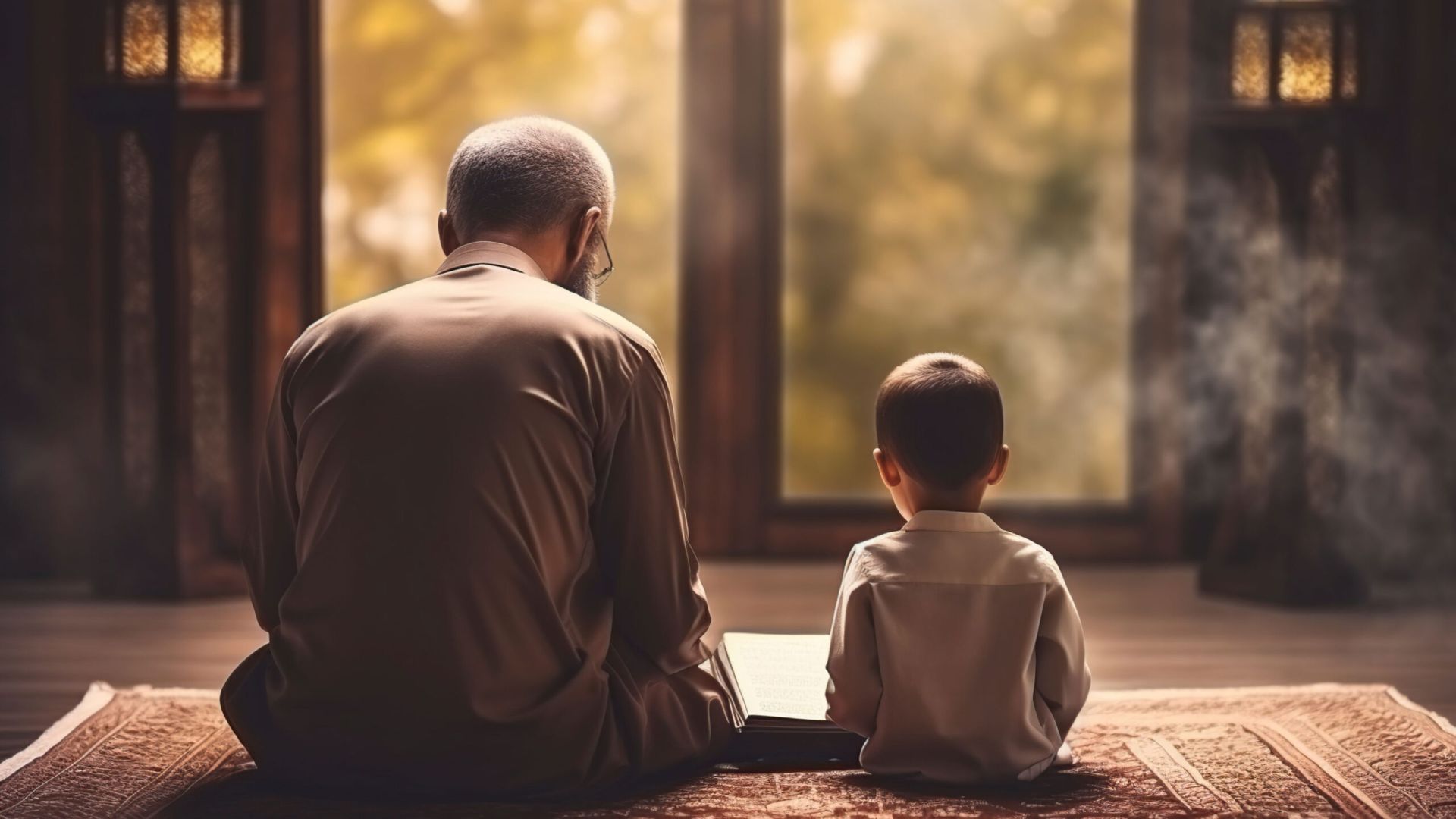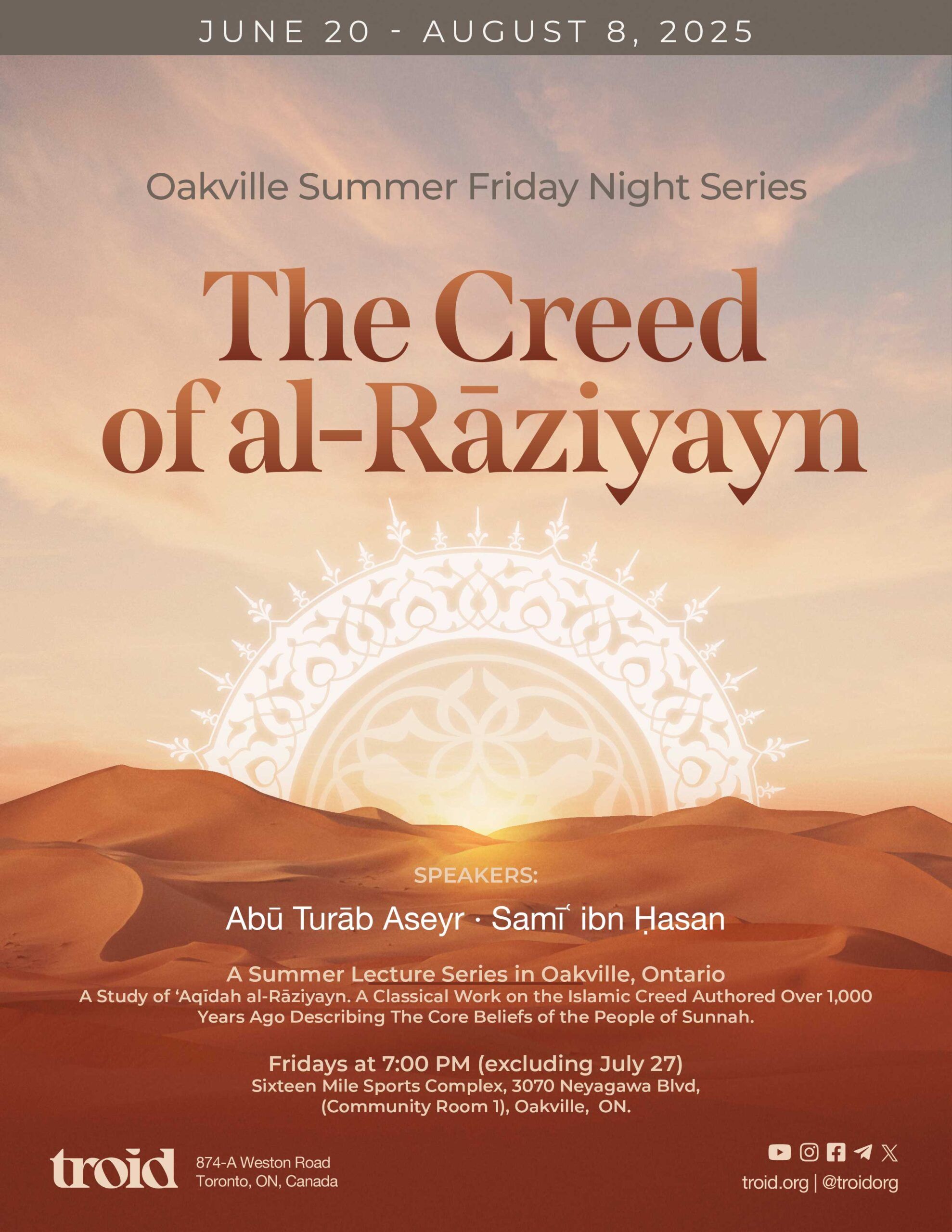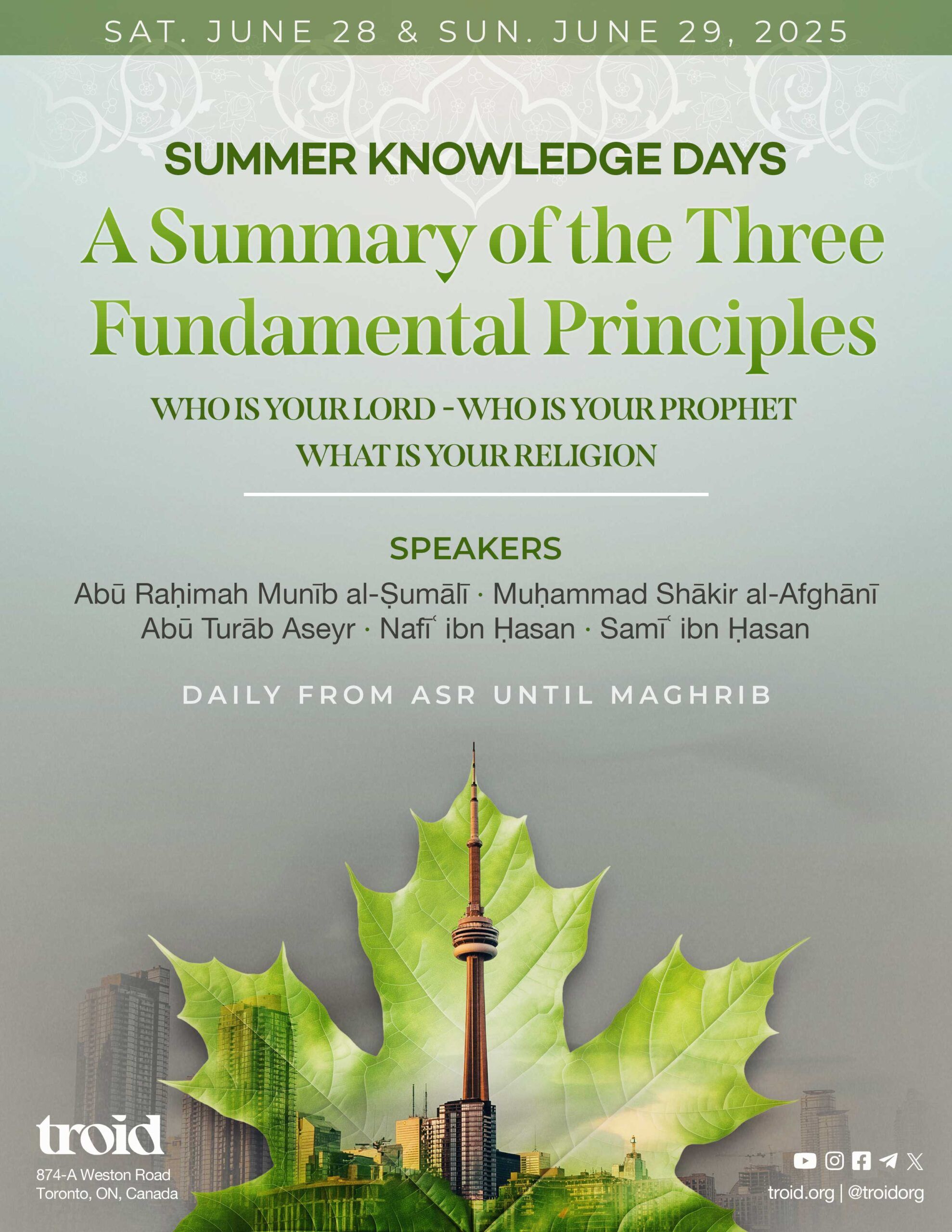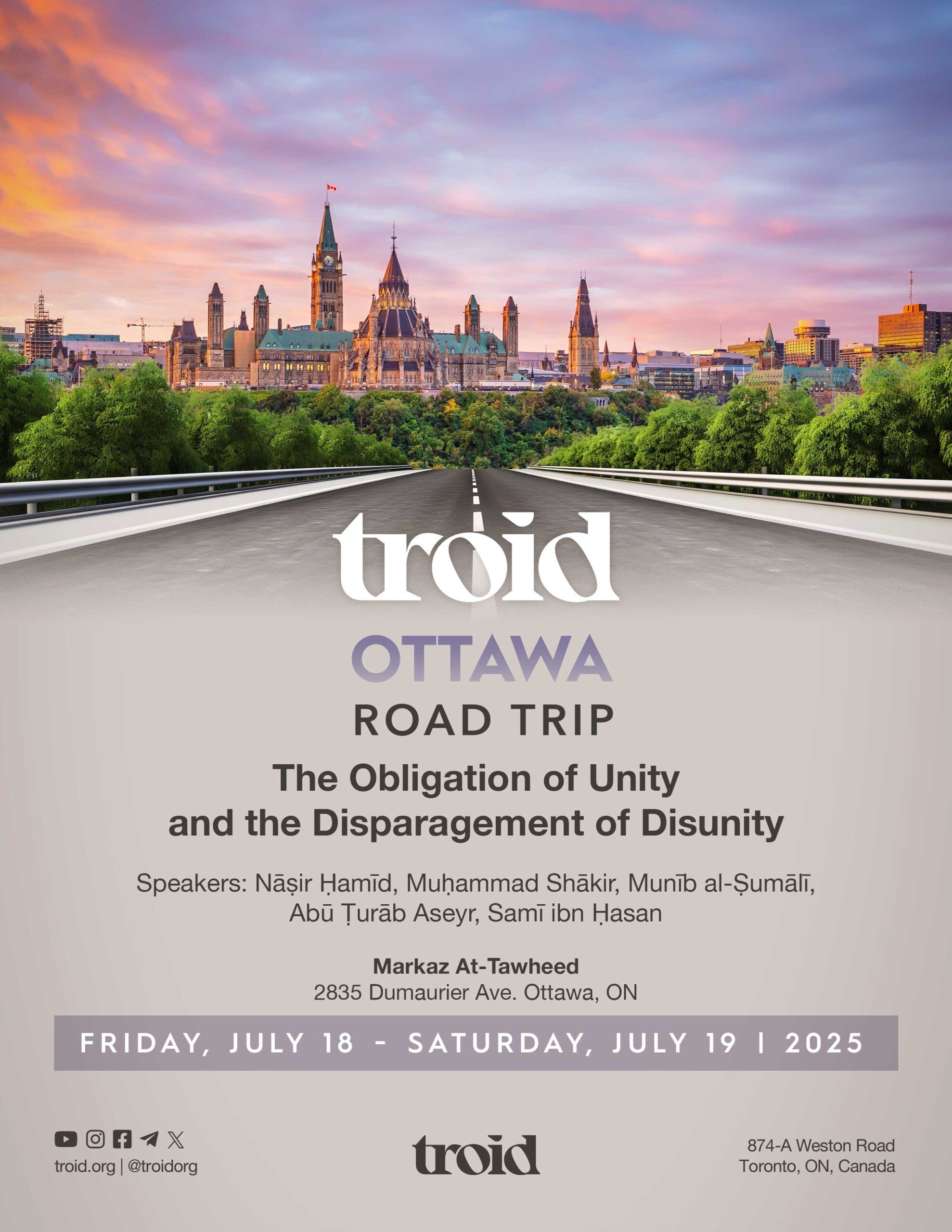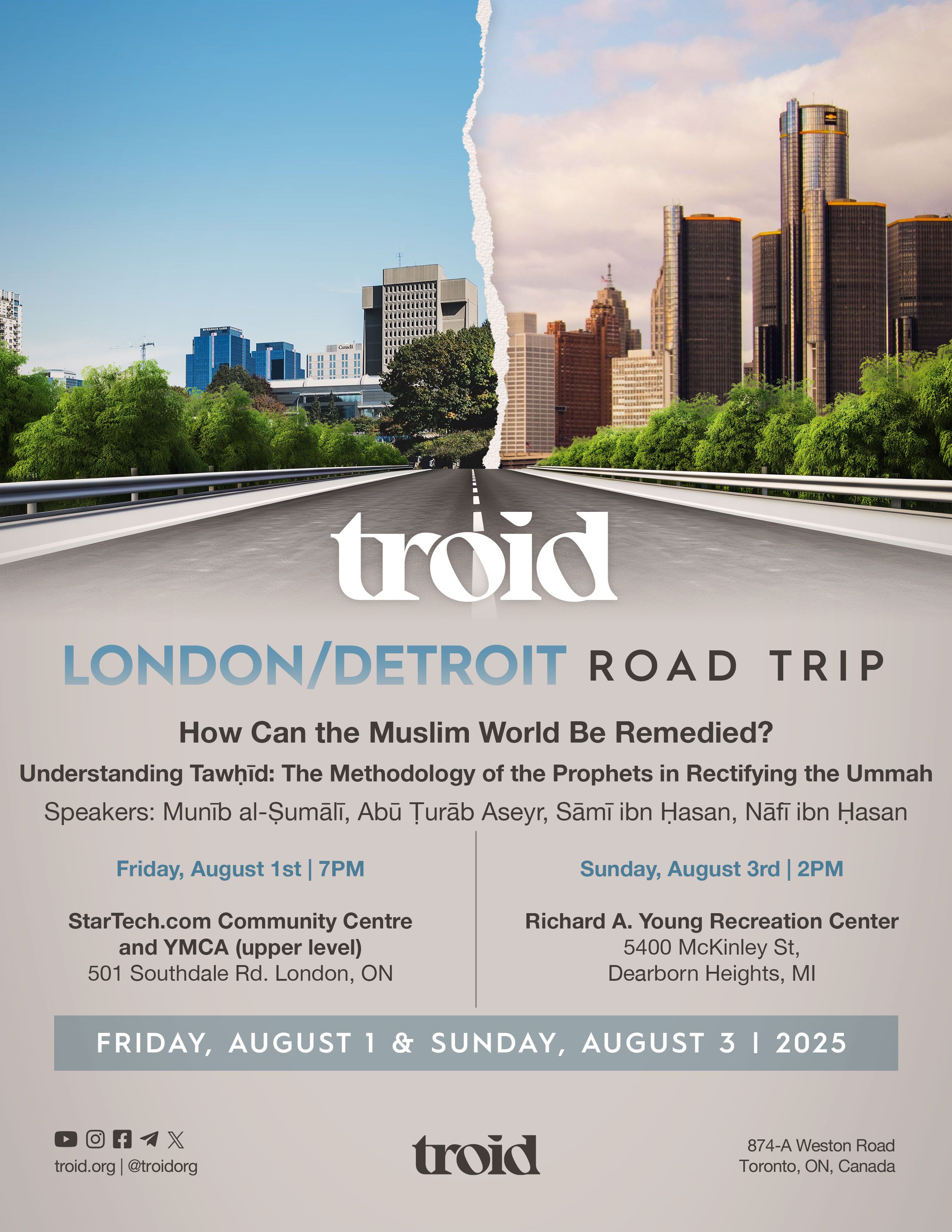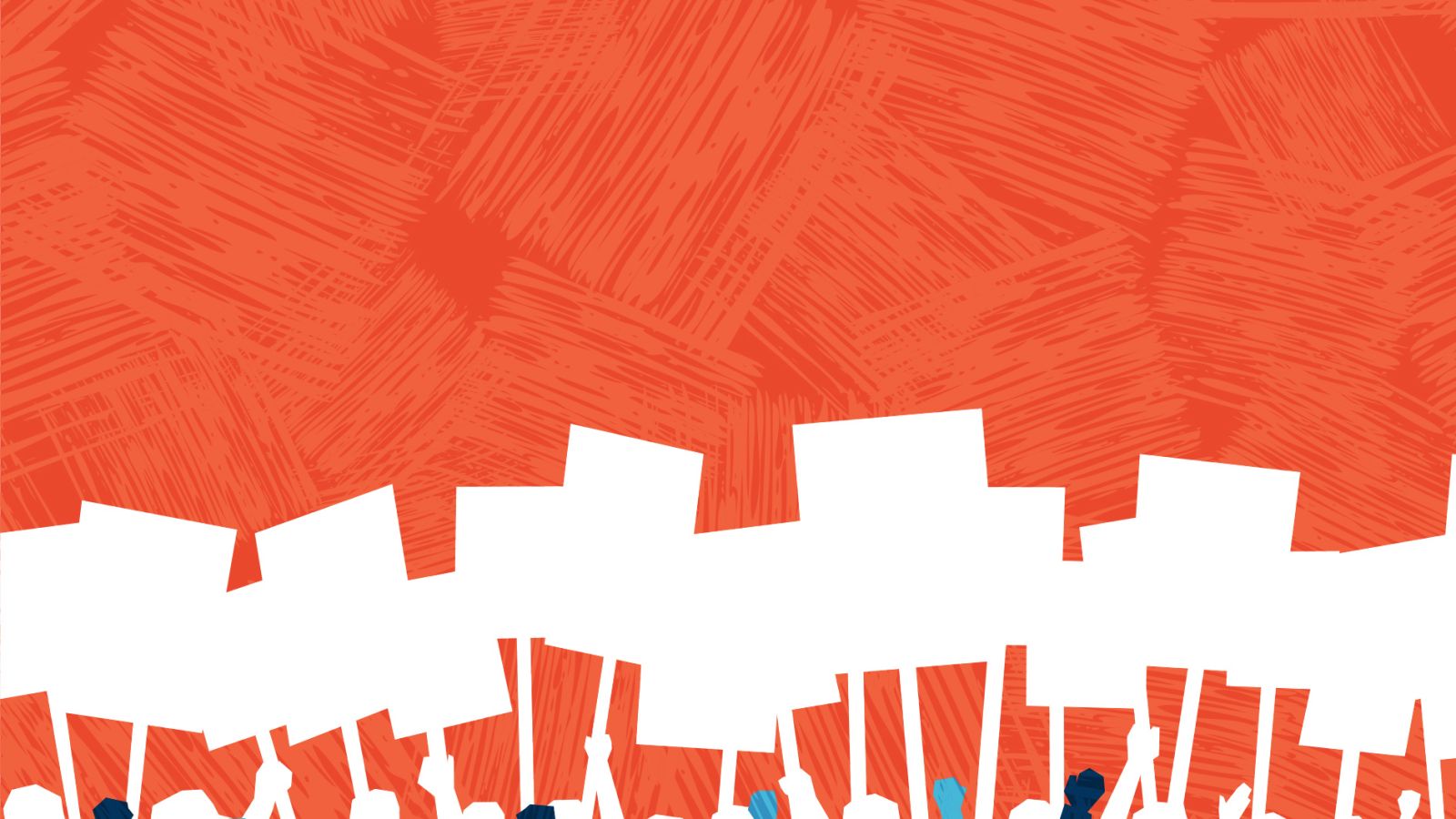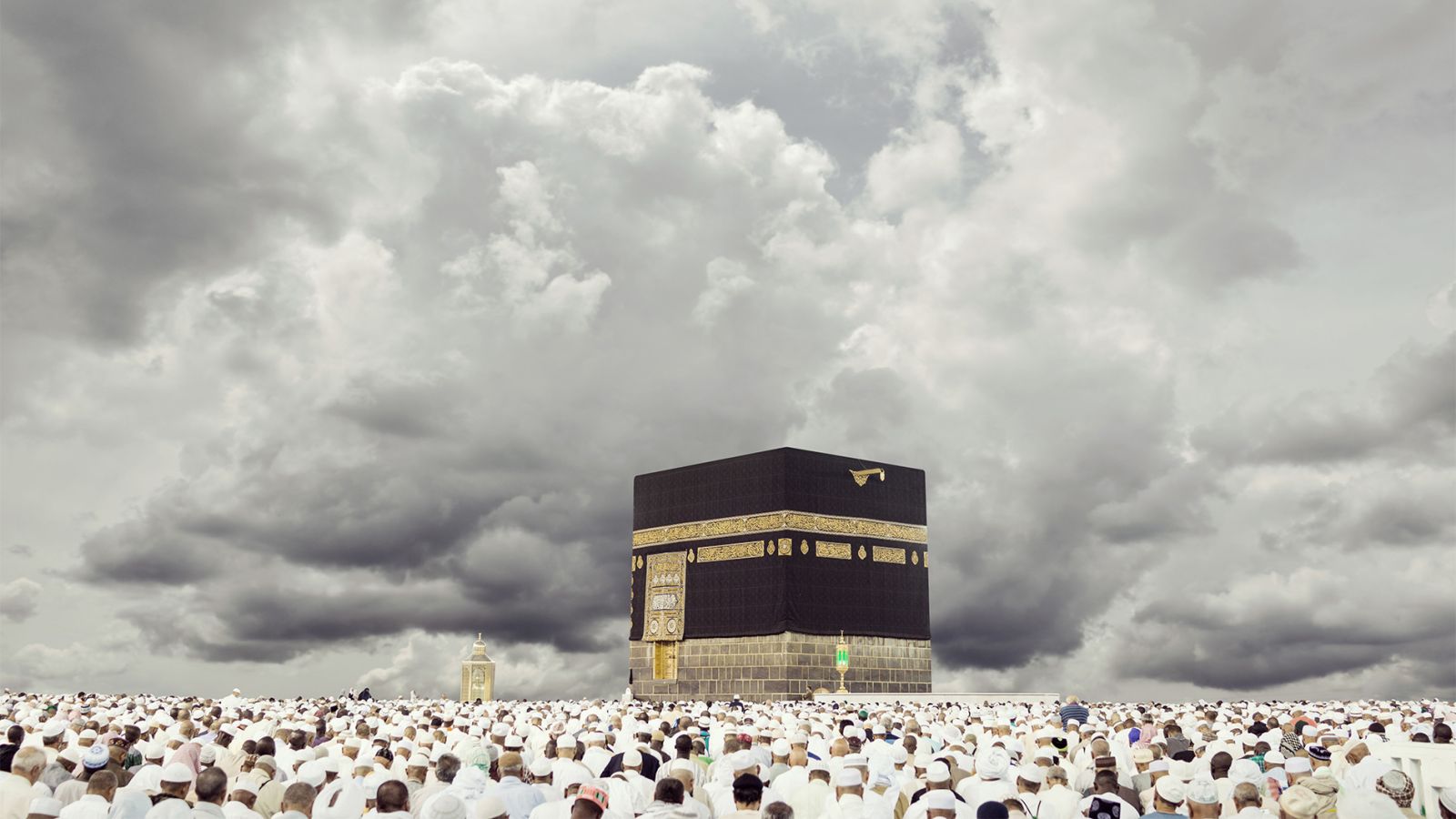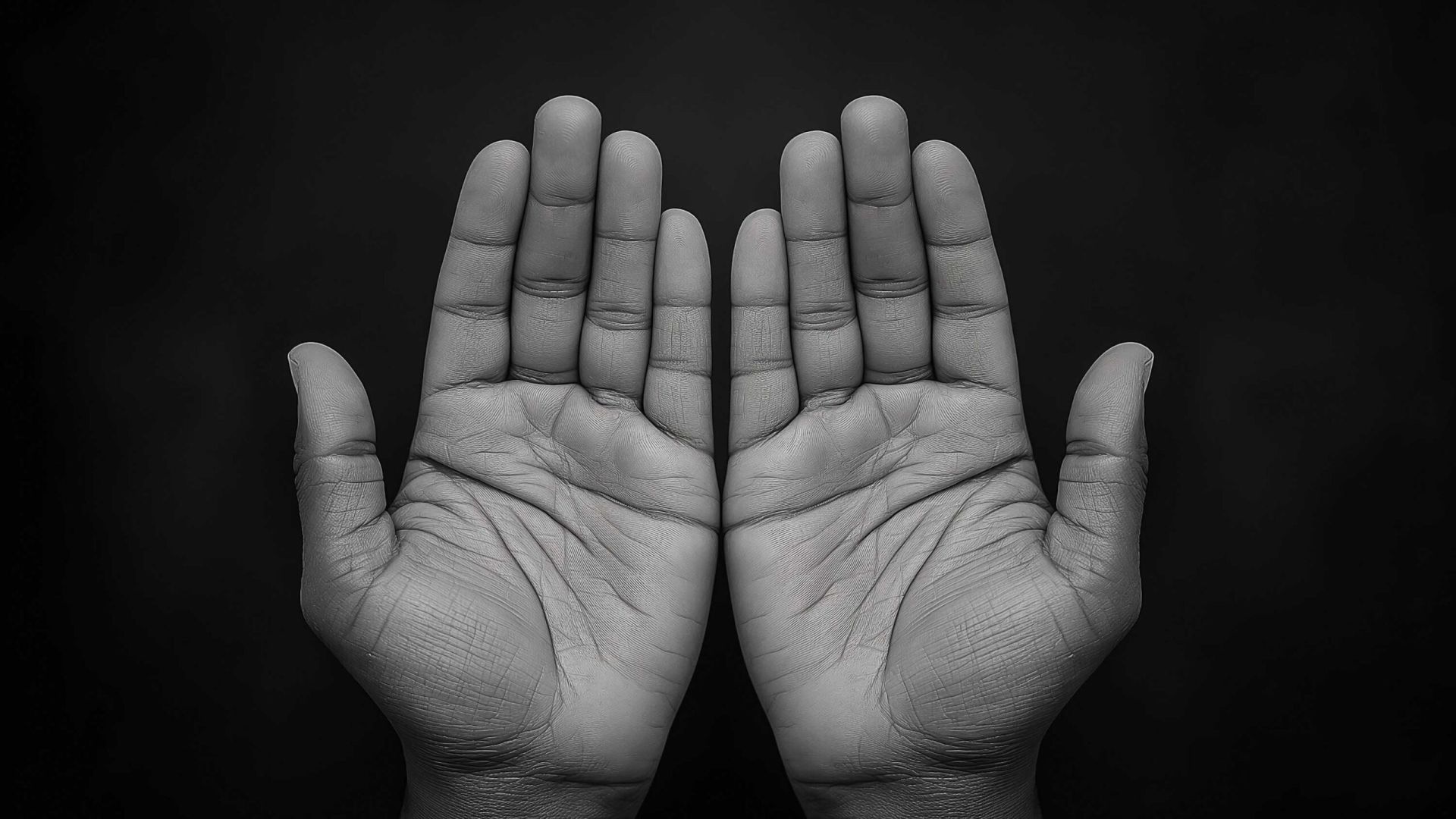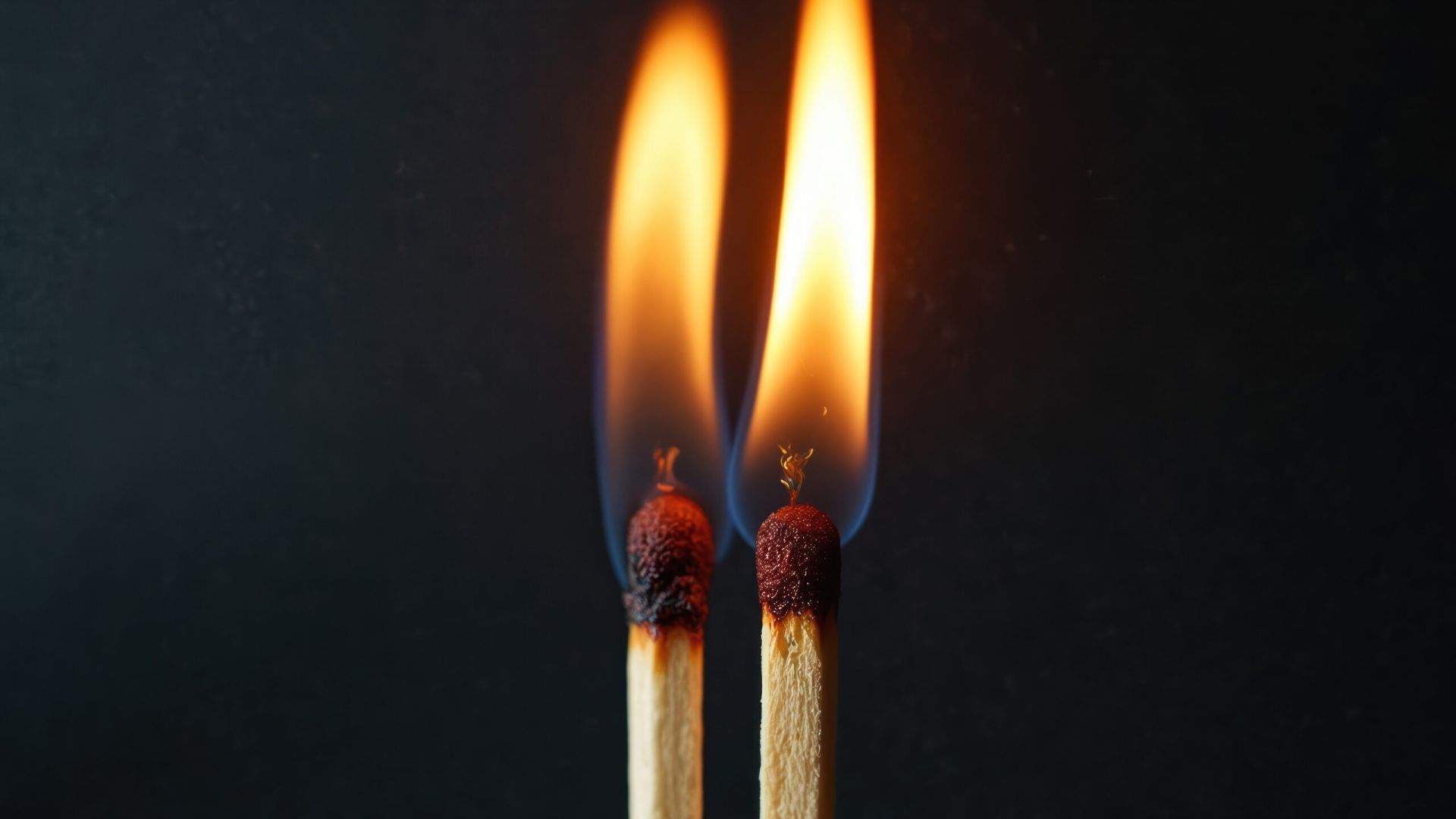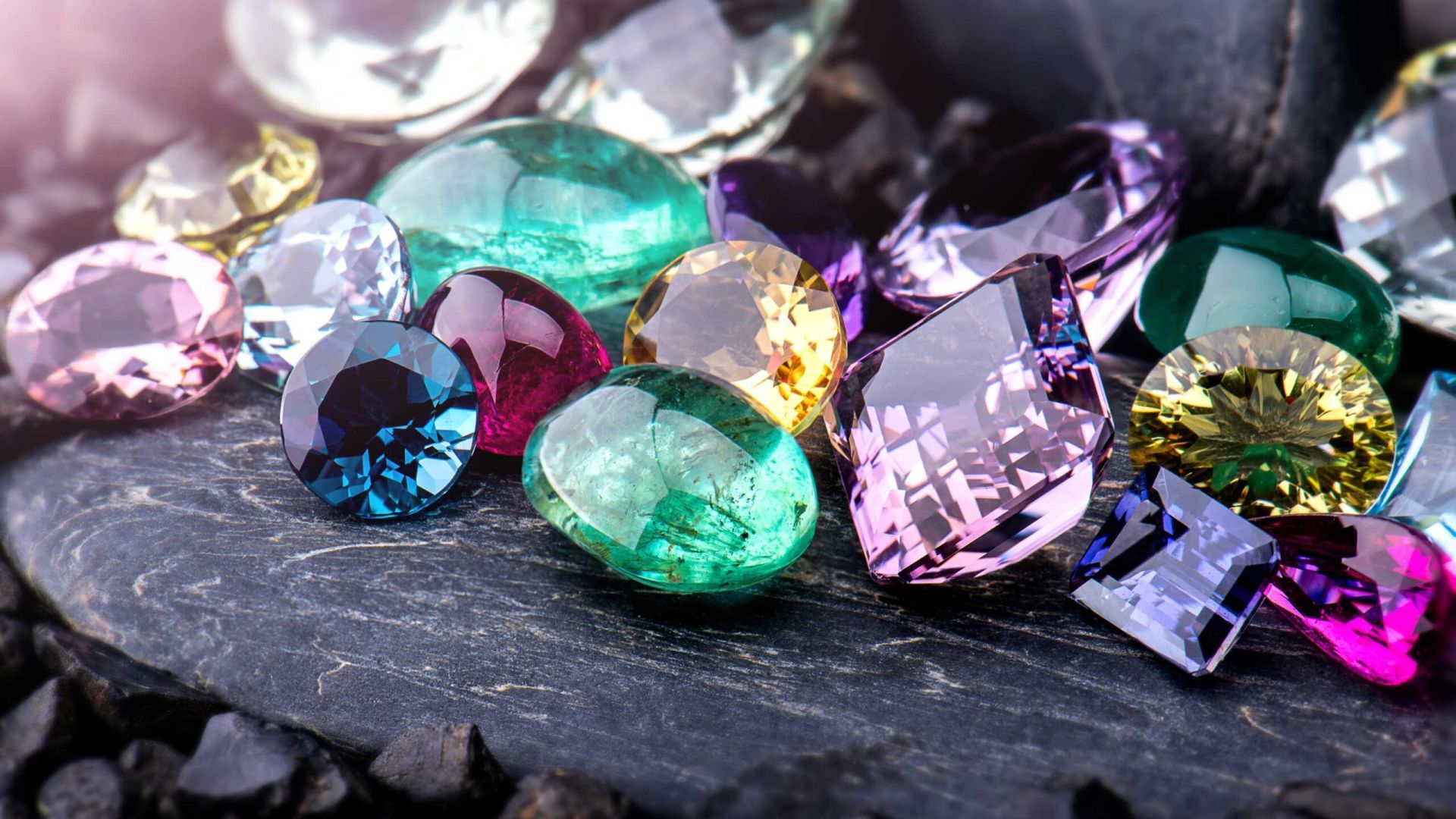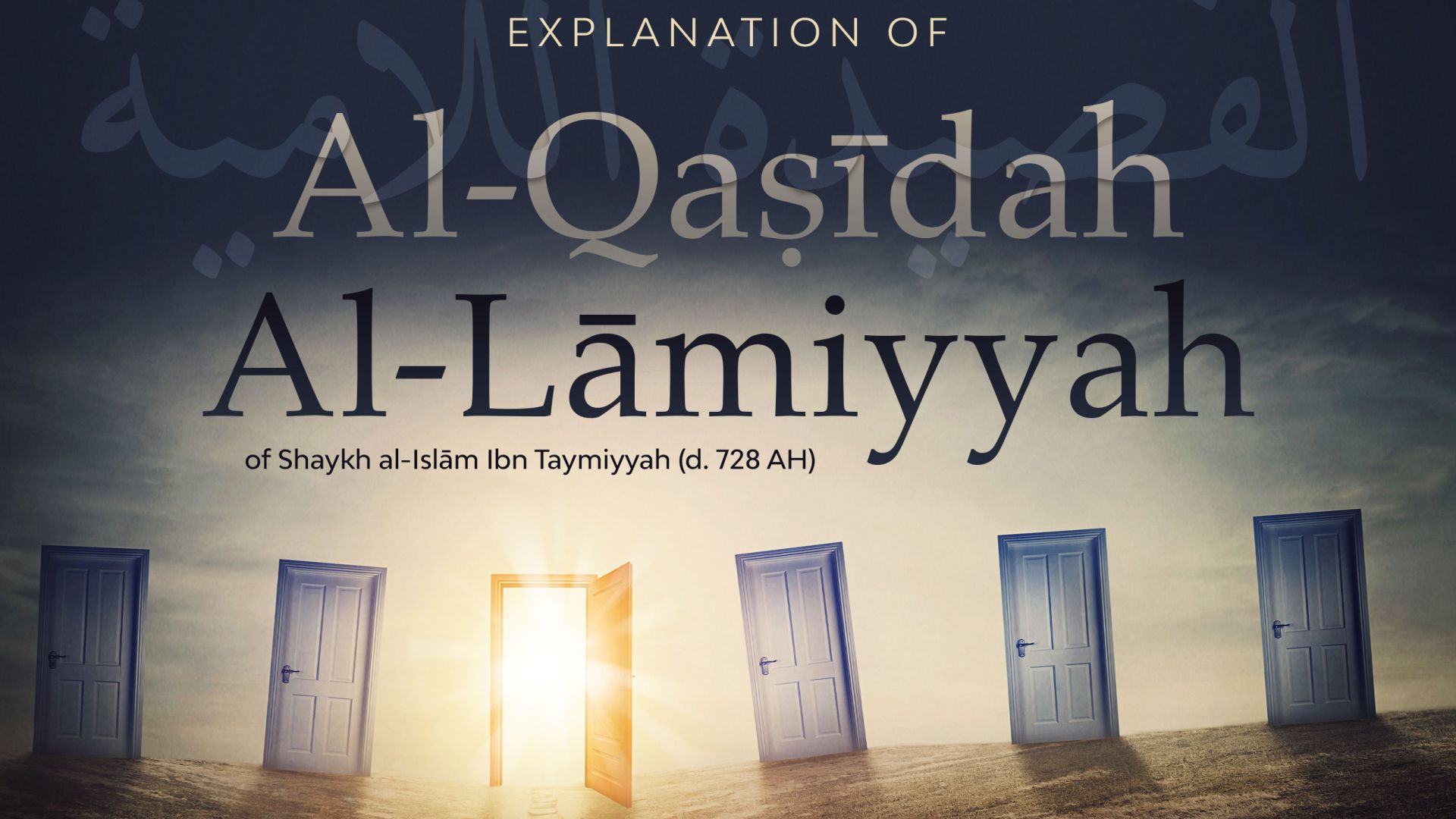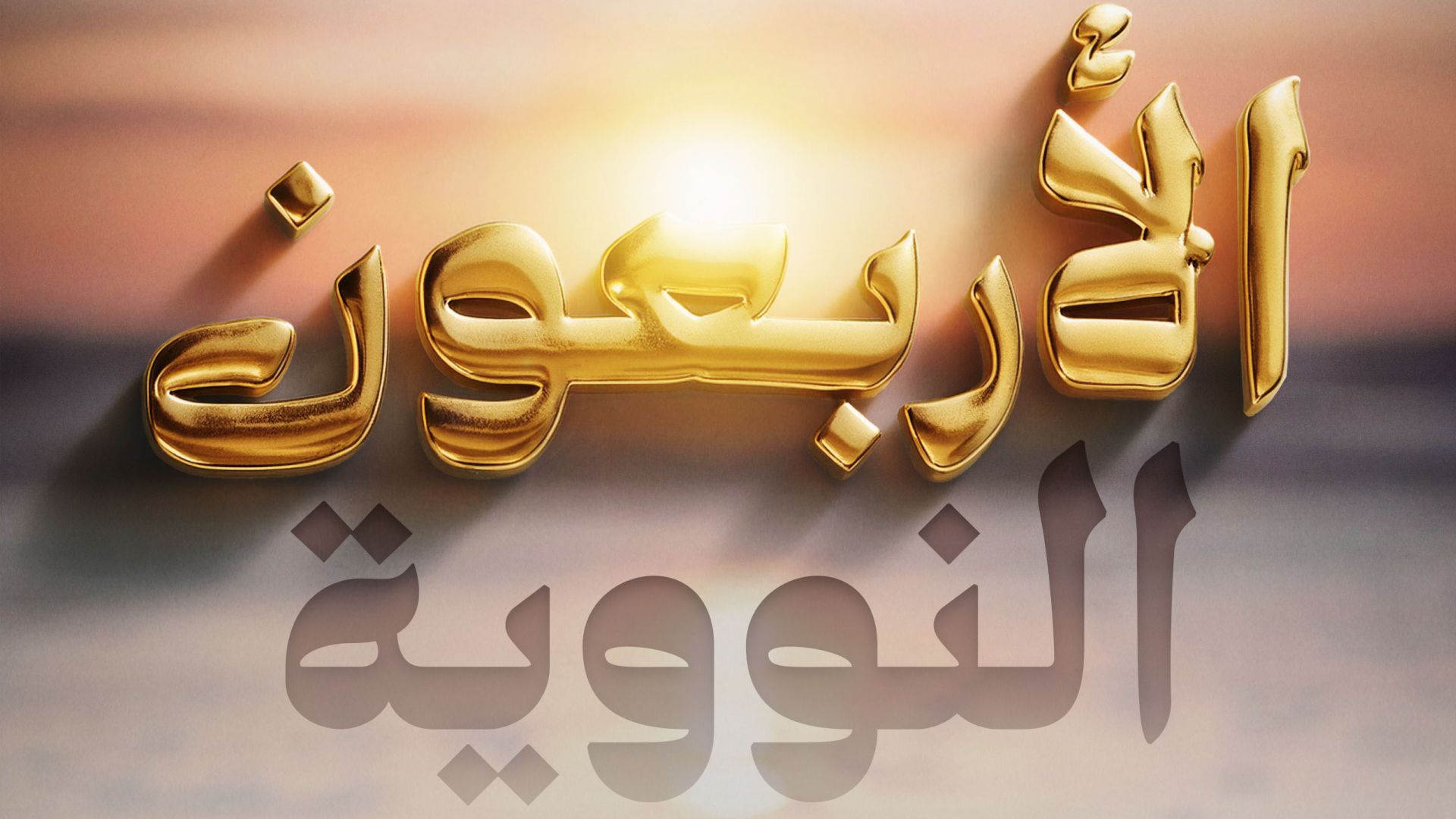How to Perform the Rituals of Ḥajj and ʿUmrah
Imām Muhammmad ibn Ṣāliḥ al-ʿUthaymīn


Ḥajj is one of the best forms of worship and is one of the most sublime deeds because it is one of the pillars of Islām that Allāh sent Muḥammad (may the peace and blessings of Allāh be upon him) with. A servant’s religion is incomplete without it.
In The Name of Allāh, Most Gracious, Most Merciful
Preface
Praise be to Allāh, Lord of the Universe. May peace and blessings be upon Muḥammad, the last of the prophets and messengers, and upon his family and esteemed companions.
Ḥajj is one of the best forms of worship and is one of the most sublime deeds because it is one of the pillars of Islām that Allāh sent Muḥammad (may the peace and blessings of Allāh be upon him) with. A servant’s religion is incomplete without it.
A form of worship is only acceptable when the following is true.
1. One devotes it to Allāh alone, with a desire for the Hereafter. It cannot be done with the intention of being seen among men or for worldly gain.
2. One follows the Prophet’s example, in words and deeds. This cannot be accomplished except through knowledge of the Sunnah.
Forms of Pilgrimage
There are three forms of Ḥajj:
Tamattu’-Ifrād-Qiran
Tamattu’: A pilgrim wears Ihram for Umrah only during the months of Ḥajj, which means when he reaches Makkah, he makes Tawaf and Sa’yi for Umrah. He then shaves or clips his hair. On the day of Tarwiya, which is the eighth of Dhul-Hijja, he puts on his Ihram for Ḥajj only and carries out all of its requirements.
A pilgrim wears Ihram for Umrah only during the months of Ḥajj, which means when he reaches Makkah, he makes Tawaf and Sa’yi for Umrah. He then shaves or clips his hair. On the day of Tarwiya, which is the eighth of Dhul-Hijja, he puts on his Ihram for Ḥajj only and carries out all of its requirements.
Ifraad: A pilgrim wears Ihram for Ḥajj only. When he reaches Makkah, he performs Tawaf for his arrival and Sa’yi for Ḥajj. He doesn’t shave or clip his hair as he doesn’t disengage from Ihram. Instead, he remains in Ihram till after he stones Jamrah Al-Aqaba on the Eid day. It is permissible for him to postpone his Sa’yi for Ḥajj until after his Tawaf for Ḥajj.
Qiran: A pilgrim wears Ihram for both Umrah and Ḥajj or he wears Ihram first for Umrah, then makes intentions for Ḥajj before his Tawaf for Ḥajj. The obligations on one performing Ifraad are the same as those on one performing Qiran, except that the latter must slaughter whereas the former is not obligated to do so. The best of the three forms is Tamattu’. It is the form that the prophet (may the peace and blessings of Allāh be upon him) encouraged his followers to perform. Even if a pilgrim makes intentions to perform Qiran or Ifraad he is allowed to change his intentions to Tamattu’; he can do this even after he has performed Tawaf and Sa’yi.
When the Prophet (may the peace and blessings of Allāh be upon him) performed Tawaf and Sa’yi during the year of the Farewell Ḥajj with his companions, he ordered all those who hadn’t brought sacrificial animals to change their intentions for Ḥajj to intentions for Umrah. cut their hair, and disengage from Ihram till Ḥajj. He said, ” If I hadn’t brought the sacrificial animal, I’d have done what I’ve ordered you to do.”
The Umrah
If a pilgrim wishes to be ritually pure for Umrah, he should shed his clothing and bathe as he would after sexual defilement, if convenient. He should perfume his head and beard with the best oil he can find. There is no harm in what remains of it after Ihram.
Bathing for Ihram is Sunnah for both men and women, including menstruating women and those experiencing postnatal bleeding. After bathing and preparing himself, a. pilgrim, other than those menstruating or experiencing postnatal bleeding, prays the obligatory prayer, if it is time. Otherwise, he makes his intention by praying the two Sunnah Rakass which are made each time Wudhu is performed.
When he finishes his prayer he should say: “Here I am for Umrah, here I am, Oh Allāh, here I am. Here I am. You have no partner. Here I am. Surely all praise, grace and dominion is yours, and you have no partner.” [Talbeeyah].
A man raises his voice when saying this and a woman says it so that only one beside her may hear her.
One in Ihram should say the Talbeeyah as often as possible, especially when times and places change. For example: when descending or ascending during travel or when day or night approach. He should also ask Allāh for His pleasure, for Heaven and seek refuge in Allāh’s mercy from Hellfire.
One should say the Talbeeyah during Umrah, starting from the time he puts on his Ihram till he starts Tawaf. During Ḥajj he should say it starting from the time he puts on his Ihram till he starts to stone Jamrah Al-Aqaba on the Eid day.
When a pilgrim enters the Holy Mosque he puts forth his right foot first and says: “In the name of Allāh, may peace and blessings be upon the Messenger of Allāh. Oh Allāh, forgive me my sins and open to me the doors of Your mercy. I seek refuge in Allāh the Almighty and in His Eminent Face and in His Eternal Dominion from the accursed Satan.”
He approaches the Black Stone, touches it with his right hand and kisses it. If this isn’t possible, he should face the Black Stone and point to it.
It is best not to push and shove, causing harm and being harmed by other people.
When touching the Stone, a pilgrim should say the following: “In the name of Allāh, Allāh is the greatest. Oh, Allāh, with faith in you, belief in Your book, loyalty to you, compliance to the way of your Prophet Muḥammad (may the peace and blessings of Allāh be upon him).”
A pilgrim must walk, keeping the Kaʿbah on his left. When he reaches the Rukn Al Yamani he should touch, but not kiss it, and say: ” Our Lord, grant us good in this life and good in the hereafter and save us from the punishment of the Hell fire. Oh Allāh, I beg of You for forgiveness and health in this life and in the Hereafter.”
Each time he passes the Black Stone he should say: “Allāh is the Greatest.”
During the remainder of his Tawaf he may say what he pleases of supplications, mentioning Allāh, and recitation of Qurʾān. This is because Tawaf, Sa’yi, and Stoning the Jamrah have been devised for the purpose of mentioning Allāh.
During this Tawaf it is necessary for a man to do two things:
1. Al-ldhtebā’ from the beginning of Tawaf until the end. Al-ldhtebā’ means placing the middle of one’s Reda’ under his right arm and the ends of it over his left shoulder.
When he is finished performing Tawaf, he may return his Reda’ to its original state because the time for Idhtebā’ is only during Tawaf.
2. Al-Raml during the first three circuits. Al-Raml means speeding up one’s pace with small steps. A pilgrim should walk at a normal pace during his last four circuits.
When he completes seven circuits of Tawaf, he approaches Maqam Ibrahim and recites:
“And take ye the station of Abraham as a place of Prayer”
[2:125].
He prays two short Rakaas, as close as conveniently possible, behind Maqam Ibrahim. During the first Rakā he recites Sūrah Al-Kafirun [Chapter 109] and during the second one Sūrah Al-lkhlas [Chapter 112].
When he completes the two Rakaas he should return to the Black Stone and touch it, if convenient. He goes out to the Mesa’a and when he nears As-Safaa he recites:
” Verily As-Safaa and Al-Marwah are among the shrines of Allāh ”
[2:158]
He ascends As-Safaa until he is able to see the Kaʿbah. Facing the Kaʿbah and raising his hands, he praises Allāh and makes any supplications he chooses. The Prophet (may the peace and blessings of Allāh be upon him) prayed thus: “There is no Deity but Allāh alone,” three times, supplicating in between.
He descends As-Safaa and heads for Al-Marwah at a normal pace until he reaches the green marker. He should then run fast until the next green marker. He continues toward Al-Marwah at a normal pace. When he reaches it, he ascends it, faces the Qibla, raises his hands, and repeats what he said on As-Safā. He descends Al-Marwah heading towards As-Safaa, taking care to walk where walking is designated, and run where running is designated.
He continues this procedure until he completes seven laps. Going from As-Safaa to Al-Marwah is a lap and returning is another lap.
During his Sa’yi he may recite what he wills of supplications, recitation of Qurʾān, and mentioning Allāh.
In completion of Sa’yi he shaves his head. A woman clips her hair the length of a fingertip.
Shaving is preferable, except when Ḥajj is near and there isn’t sufficient time for hair to grow back. In this case, it’s best to clip so that hair will remain for shaving during Ḥajj.
With that, Umrah is completed. and a pilgrim is free to dress in other clothing, wear perfume and engage in marital relations, etc.
The Ḥajj
In the forenoon of the eighth day of Dhul-Hijja, a pilgrim purifies himself once again by bathing as he did before Umrah in the place in which he is staying, if convenient. He puts on his Ihram and says: ” Here I am for Ḥajj. Here I am, oh Allāh, here I am. Here I am. You have no partner. Here I am. Surely all praise, grace and dominion is yours, and you have no partners.”
If he fears that something will prevent him from completing his Ḥajj he should make a condition when he makes his intentions, saying: ” If I am prevented by any obstacle my place is wherever I am held up.” If he has no such fear, he doesn’t make this condition.
A pilgrim goes to Mina and there prays Dhuhr, ʿAṣr, Magrib, ʿIshāʾ and Fajr, shortening his four unit prayers so as to make them two units each, without combining them.
When the sun rises, he goes to Arafah and there prays Dhuhr and ʿAṣr combined at the time of Dhuhr, making each one two units. He remains in Namira Mosque until sunset if possible. He remembers Allāh and makes as many supplications as possible while facing the Qibla.
The Prophet (may the peace and blessing of Allāh be upon him) prayed thus: “There is no Deity but Allāh alone. He has no partner. All dominion and praise are His and He is powerful over all things.
If he grows weary it is permissible for him to engage in beneficial conversation with his companions or read what he can find in beneficial books, especially those concerning Allāh’s grace and abundant gifts. This will strengthen his hope in Allāh.
He should then return to his supplications and be sure to spend the end of the day deep in supplication because the best of supplication is the supplication of the day of Arafah.
At sunset, he goes from Arafah to Muzdalifah, and there prays Magrib, ʿIshāʾ, and Fajr. If he is tired or has little water, it is permissible for him to combine Magrib and ʿIshāʾ. If he fears that he will not reach Muzdalifah until after midnight, he should pray before he reaches it for it is not permissible to delay prayer until after midnight. He remains there, in Muzdalifah, making supplications and remembering Allāh till just before sunrise.
If he is weak and cannot handle the crowd during Ar-Ramy, it is permissible for him to go to Mina at the end of the night to stone the Jamrah before the arrival of the crowd.
Near sunrise, a pilgrim goes from Muzdalifah to Mina. Upon reaching it he does the following:
a) He throws seven consecutive pebbles at Jamrah Al-Aqaba which is the closest monument to Makkah, saying: “Allāh is the Greatest,” as he throws each pebble.
b) He slaughters the sacrificial animal, eats some of it, and gives some to the poor. Slaughter is obligatory on the Mutamati and Qiran.
c) He shaves or clips his hair; shaving is preferable. A woman clips her hair the length of a fingertip.
These three should be done in the above order if convenient, but there is no restriction if one precedes another.
With that, one is allowed to come out of Ihram. He can wear other clothing and do everything that was lawful before Ihram except engage in marital relations.
He goes to Makkah to perform Tawaf Al-lfadha and Sa’yi, also for Ḥajj. It is Sunnah to put perfume on before going to Makkah.
With the completion of this Tawaf and Sa’yi, a pilgrim is allowed to do everything that was lawful before Ihram, including engaging in marital relations.
After performing Tawaf and Sa’yi, he returns to Mina to spend the nights of the eleventh and twelfth days there.
He stones the three Jamrah in the afternoon of both the eleventh and twelfth days. He starts with the first Jamrah, which is furthest from Makkah, then the middle one, and lastly Jamrah Al-Aqaba. Each one should be stoned with seven consecutive pebbles accompanied by Takbeer. He stops after the first and middle Jamrah to make supplications facing the Qibla. It is not permissible to stone before noon on these two days. It is best to walk to the Jamrah, but riding is permissible.
If he is in a hurry after stoning on the twelfth day, he leaves Mina before sunset. But if he wishes to prolong his stay, which is best, he spends the night of the thirteenth in Mina and stones that afternoon in the same manner as on the twelfth day.
When he is ready to return to his country, he makes Tawaf Al-Wadaa, which is seven circuits around the Kaʿbah. Menstruating women and women experiencing postnatal discharge are not obligated to perform Tawaf Al-Wadā.
Visiting The Prophet’s Mosque
1. A pilgrim goes to Madina before or after Ḥajj with the intention of visiting the Prophet’s mosque and praying in it. Prayer there is better than a thousand prayers elsewhere except in the Holy Mosque in Makkah.
2. Upon reaching the mosque he prays two Rakās of salutation or performs any obligatory prayer that is due.
3. He goes to the grave of the Prophet (may the peace and blessings of Allāh be upon him) and he stands before it. He greets him saying the ” May the peace, mercy, and blessings of Allāh be upon you, oh Prophet. May Allāh grant you a good reward on behalf of your people. “
He takes a step or two to his right to position himself before Abū-Bakr and greets him saying : “May the peace, mercy, and blessing of Allāh be upon you. oh Abū-Bakr, Caliph of the Messenger of Allāh. May Allāh be pleased with you and grant you a good reward on behalf of Muḥammad’s people.”
Then he takes a step or two to his right to position himself before ʿUmar and greets him saying: ” May the peace, mercy and blessings of Allāh be upon you, oh ʿUmar, Prince of the believers. May Allāh be pleased with you and grant you a good reward on behalf of Muḥammad’s people.”
4. In a state of purity, he goes to pray in Qubaa Mosque.
5. He goes to Al-Baqee to visit ʿUthmān’s grave (may Allāh be pleased with him). He stands before it and greets him saying: “May the peace, mercy and blessing of Allāh be upon you,
oh ʿUthmān Prince of the believers. May Allāh be pleased with you and grant you a good reward on behalf of Muḥammad’s people.” He greets any other Muslims in Al-Baqee.
6. He goes to Uhud and visits the grave of Hamza (may Allāh be pleased with him) and the other martyrs there with him. He greets them and preys to Allāh to grant them forgiveness, mercy, and pleasure.
Notification
The following is incumbent upon the Muhrim for Ḥajj or Umrah:
1. That he be committed to Allāh’s religious obligations upon him such as prayer in its time (in congregation for men).
2. That he avoids what Allāh has prohibited such as obscenity, inequity, and disobedience. if anyone undertakes Ḥajj therein. Let there be no obscenity, nor wickedness, nor wrangling during Ḥajj ~ [2:197].
3. That he avoids harming the Muslims with words or actions within the Masha’ir or elsewhere.
4. That he avoids all of the restrictions of Ihram:
a. He shouldn’t cause the loss of any of his hair or nails. A prick by a thorn and the like is unobjectionable, even if there is bleeding.
b. He shouldn’t perfume himself, his clothing, his food or his drink after entering Ihram. He should also abstain from cleansing himself with scented soap. There is no harm in what remains of the effect of perfume used prior to Ihram.
c. He shouldn’t touch, kiss, etc. his spouse out of passion and, even worse, shouldn’t have sexual intercourse.
e. He shouldn’t be wed or propose to a woman for himself or others. f. He shouldn’t wear gloves, although there is no harm in wrapping the hands in cloth. This ruling goes for both men and women.
The Following Pertains Specifically to Men
a) He cannot cover his head with something that touches it, although there is no harm in the use of an umbrella, the roof of a car or tent for shade. There is also no harm in carrying his baggage atop his head.
b) He cannot wear a shirt, turban, hooded cloak trousers, or shoes. Only if he is unable to obtain an Ezar or sandals can he wear trousers or shoes.
c) He cannot wear anything with the same qualities of the above mentioned such as an Abea’, Qubaa, hat, undershirt, etc.
It is permissible for him to wear sandals, rings, glasses, a hearing aid. a watch, worn on his wrist or hung from his neck, or a speech aid.
It is permissible for him to cleanse himself with unscented cleansers and to wash and scratch his head and body, even if some of his hair falls unintentionally. In such a case there is no obligation on him because of it.
A woman cannot wear a Niqab or Burqa’. The Sunnah is for her to uncover her face except if men not related to her might see her, in which case it is obligatory for her to cover her face during Ihram and otherwise.
Allāh is the giver of success. May His blessings be upon our Prophet Muḥammad and all of his family and companions.
By the needy before Allāh, Muḥammad As-Salih Al-Uthaymīn
Glossary
Abaya’: cloak-like, woolen wrap.
Abū Bakr: first Muslim Caliph.
Al-Baqee’: a place in Madina.
Al-ldhtebā: placing the middle of the Reda’ under the right arm and the ends of it over the left shoulder during Tawaf.
Al-lkhlas: Chapter 112 (Purity of Faith).
Al-Kafirun: Chapter 109 of the Qurʾān ( Those who reject Faith).
A-Marwah: name of the hillock where a Muslim makes the Saʿī.
Al-Raml: walking quickly but with small steps during the first three circuits of Tawaf.
Arafah: the most important stop during Ḥajj, located beyond Muzdalifah.
Ar-Ramy– The Stoning.
As-Safaa: name of the hillock where a Muslim ends his last lap of Sa’yi.
ʿAṣr: the afternoon prayer.
Burqa’: a face veil like a Niqab.
Dhul-Hijja: the twelfth month of the Islamic calendar.
Dhuhr: the noon prayer.
Eid: celebration for Muslims.
Ezaar: lower cloth of Ihram.
Fajr: dawn prayer.
Ḥajj: official Muslim pilgrimage to Makkah.
Hamza: one of the Prophet’s uncles and a martyr during the battle of Uhud.
Ifraad: isolated form of Ḥajj.
Ihram: the ceremonial state of making Ḥajj or the Ḥajj garments themselves. ʿIshāʾ night prayer.
Jamrah: Monument in Mina.
Jamrah Al-Aqaba: the monument closest to Makkah.
Kaʿbah: the house of Allāh in the Holy Mosque in Makkah.
Magrib: dusk prayer.
Maqam Ibrahim: the stepping stone of the prophet Abraham.
Mes’aa: the stretch between As-Safaa and Al-Marwah.
Masha’ir: ceremonial shrines.
Mina: one of the ceremonial shrines, a valley near Makkah.
Muḥammad– the last of the prophets, the prophet of Islām.
Muhrim: a person in Ihram.
Mutamati: a pilgrim performing Ḥajj Tamattu’.
Muzdalifah: one of the ceremonial shrines of Ḥajj, between Mina and Arafah.
Namira: mosque in Mina.
Niqab: a face veil revealing the eyes through slashes
Qiran: a pilgrim performing Ḥajj Qiran.
Qibla: the direction Muslims face to pray.
Qiraan: Accompanied form of Ḥajj.
Quba: a mosque in Madina, used to be on the outskirts.
Qurʾān: the Book of Allāh.
Rakaa: a unit of prayer.
Reda’: the upper cloth of Ihram.
Rukn Al-Yamani: the corner of the Kaʿbah which faces Yemen.
Sa’yi: the walk made between As-Safaa and Al-Marwah.
Sunnah: way of the Prophet.
Sūrah: a chapter of the Qurʾān.
Takbeer: saying “Allāhu Akbar (“Allāh is Greatest”)
Talbeeya: the supplication a Muslim recites once he is in Ihram and has made his intention.
Tamattu’: enjoyable form of Ḥajj.
Tarwiyya: the eighth of Dhul-Hijja.
Tawaf: circumambulation of the Kaʿbah
Tawaf Al-lfadha: tawaf for Ḥajj.
Tawaf Al-Wadaa: farewell Tawaf.
Uhud: the name of a mountain in Medina and the site of the battle by this name.
ʿUmar: the second Muslim Caliph and first Prince of the believers.
Umrah-minor Ḥajj: the comibnation of Tawaf and Sa’yi.
ʿUthmān: the third Muslim Caliph and second Prince of the believers.
Wudhu: ablution.
Most Popular: Last 30 Days
